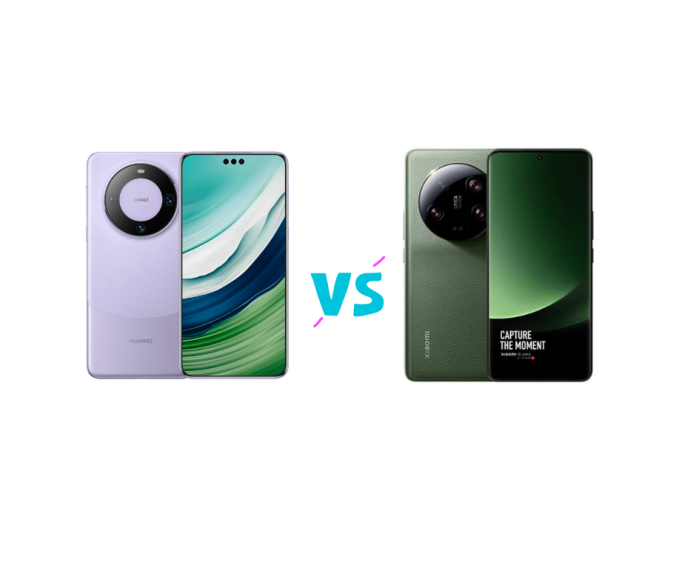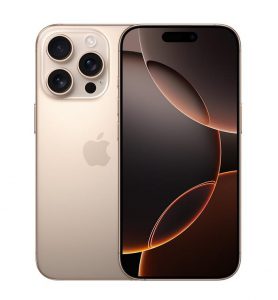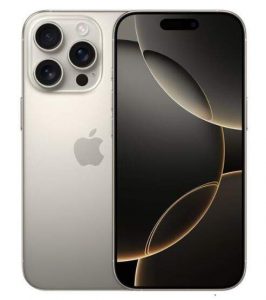In this comparison, we will be looking at the Huawei Mate 60 Pro and the Xiaomi 13 Ultra, two high-end smartphones released in 2023.
The Huawei Mate 60 Pro is powered by HarmonyOS 4.0 and features a Kirin 9000S chipset, while the Xiaomi 13 Ultra runs on Android 13 with MIUI 14 and is equipped with a Qualcomm Snapdragon 8 Gen 2 chipset.

Product Comparison:
| Categories | Huawei Mate 60 Pro | Xiaomi 13 Ultra |
|---|---|---|
| Design | Glass front, aluminum frame, glass back | Glass front (Gorilla Glass Victus), eco leather back, aluminum frame |
| Display | 6.82 inches LTPO OLED, 1B colors, 120Hz | 6.73 inches LTPO AMOLED, 1B colors, 120Hz, Dolby Vision, HDR10+ |
| CPU & GPU | Kirin 9000S (5 nm) | Snapdragon 8 Gen 2 (4 nm) |
| Storage | 256GB 12GB RAM, 512GB 12GB RAM, 1TB 12GB RAM | 256GB 12GB RAM, 512GB 12GB RAM, 512GB 16GB RAM, 1TB 16GB RAM |
| Camera | 50 MP + 48 MP + 12 MP (Triple) | 50 MP + 50 MP + 50 MP + TOF 3D (Quad) |
| Battery | Li-Po 5000 mAh, non-removable | Li-Po 5000 mAh, non-removable |
| Price | About 439 EUR (converted from RMB) | About $419 |
Design:
The Huawei Mate 60 Pro features a glass front, aluminum frame, and glass back design, giving it a sleek and premium look.
On the other hand, the Xiaomi 13 Ultra comes with a glass front (Gorilla Glass Victus), eco leather back, and aluminum frame, offering a unique and stylish design.
Display:
The Huawei Mate 60 Pro sports a 6.82-inch LTPO OLED display with a 120Hz refresh rate, providing smooth and vibrant visuals.
Meanwhile, the Xiaomi 13 Ultra boasts a slightly smaller 6.73-inch LTPO AMOLED display with a 120Hz refresh rate, Dolby Vision, and HDR10+ support, making it ideal for multimedia consumption.
CPU & GPU:
The Huawei Mate 60 Pro is powered by a Kirin 9000S chipset, which offers excellent performance and power efficiency.
The Xiaomi 13 Ultra, on the other hand, is equipped with a Snapdragon 8 Gen 2 chipset, delivering fast and efficient performance.
Storage:
Both smartphones offer multiple storage options, allowing users to choose the capacity that suits their needs.
The Huawei Mate 60 Pro provides options for 256GB, 512GB, or 1TB of storage, paired with 12GB of RAM.
The Xiaomi 13 Ultra offers the same options for 256GB and 512GB, with the added variants of 512GB with 16GB of RAM and 1TB with 16GB of RAM.
Camera:
The Huawei Mate 60 Pro features a triple-camera setup, including a 50MP main lens, a 48MP periscope telephoto lens, and a 12MP ultrawide lens, enabling users to capture high-quality photos and videos.
On the other hand, the Xiaomi 13 Ultra boasts a quad-camera setup, consisting of a 50MP wide lens, a 50MP periscope telephoto lens, a 50MP telephoto lens, and a TOF 3D depth sensor, allowing users to take stunning and detailed photos from various distances and angles.
Battery:
Both smartphones come with non-removable 5000mAh batteries, ensuring long-lasting battery life.
The Huawei Mate 60 Pro supports 88W wired charging, 50W wireless charging, and 20W reverse wireless charging.
The Xiaomi 13 Ultra, on the other hand, offers 90W wired charging, 50W wireless charging, and 10W reverse wireless charging.
Price:
The Huawei Mate 60 Pro is priced at about 439 EUR, positioning it as a high-end flagship smartphone with premium features and performance. You can get both of these devices, despite their availability in China, via resellers like Ripesale.
The Xiaomi 13 Ultra comes at a price of $419.00, offering competitive specs and features in the high-end smartphone segment in China, via resellers like Ripesale.
Huawei Mate 60 Pro vs Xiaomi 13 Ultra: PROS and CONS
Huawei Mate 60 Pro
PROS:
- Premium design with glass front and back
- Large and vibrant LTPO OLED display
- Powerful Kirin 9000S chipset
- Multiple storage options
- Versatile triple-camera setup
- Fast wired and wireless charging capabilities
- Satellite Calling support
CONS:
- Higher price compared to other flagship smartphones
- Limited Availability
Xiaomi 13 Ultra
PROS:
- Unique design with eco-leather back
- Impressive LTPO AMOLED display with Dolby Vision and HDR10+ support
- Snapdragon 8 Gen 2 chipset for faster and more efficient performance
- Ample storage options with high RAM variants
- Quad-camera setup with Leica lenses
- Fast wired and wireless charging capabilities
CONS:
- No satellite calling or texting





More Stories
Here’s the first iPhone 16 Pro unboxing video
There is really no need to wait for the Apple 16 Pro Max, you still have to buy the Apple 15 Pro Max, which has dropped by more than 30%OFF
The configuration parameters of iPhone 16 Pro have been exposed. What is the difference compared to iPhone 15 Pro?